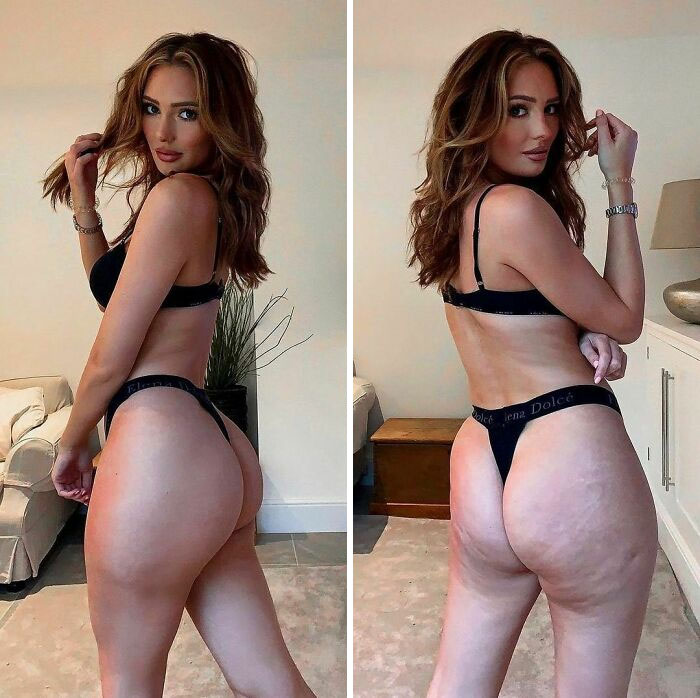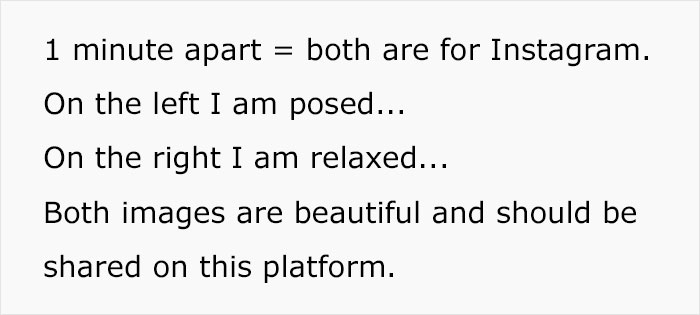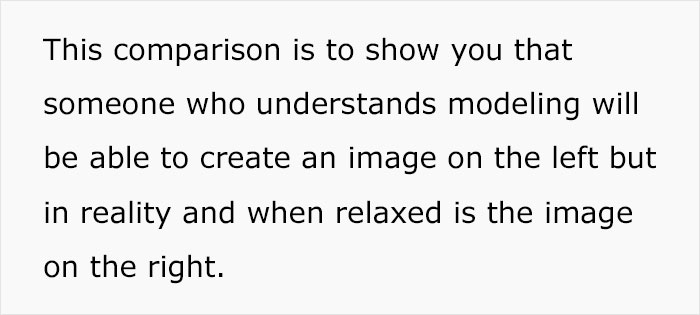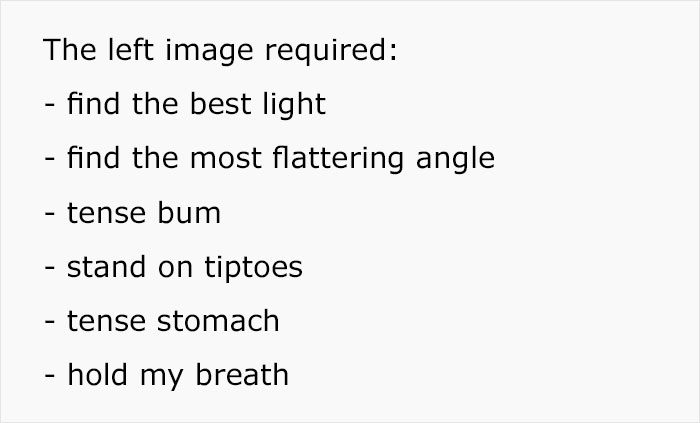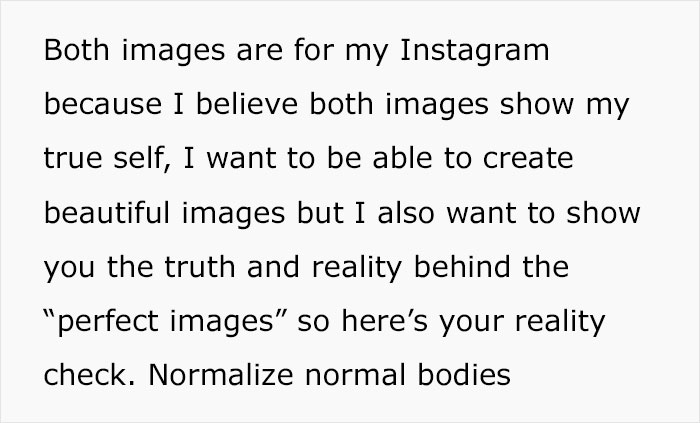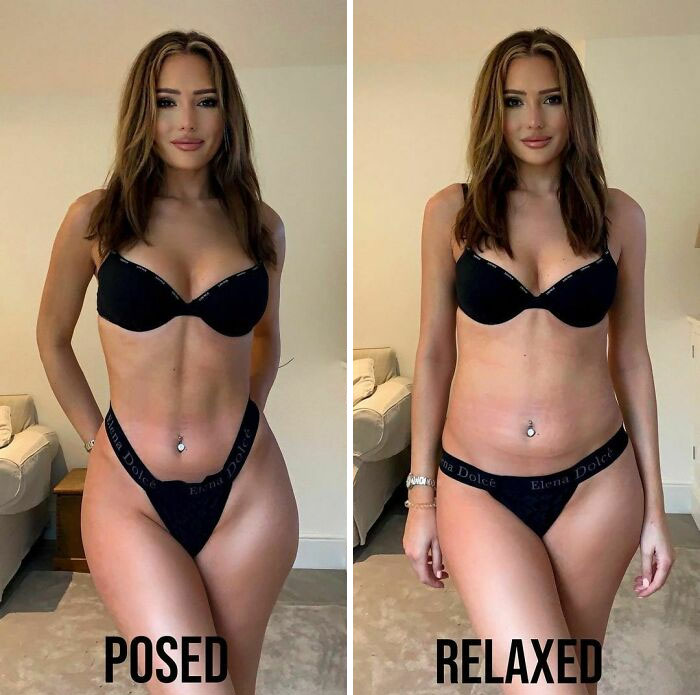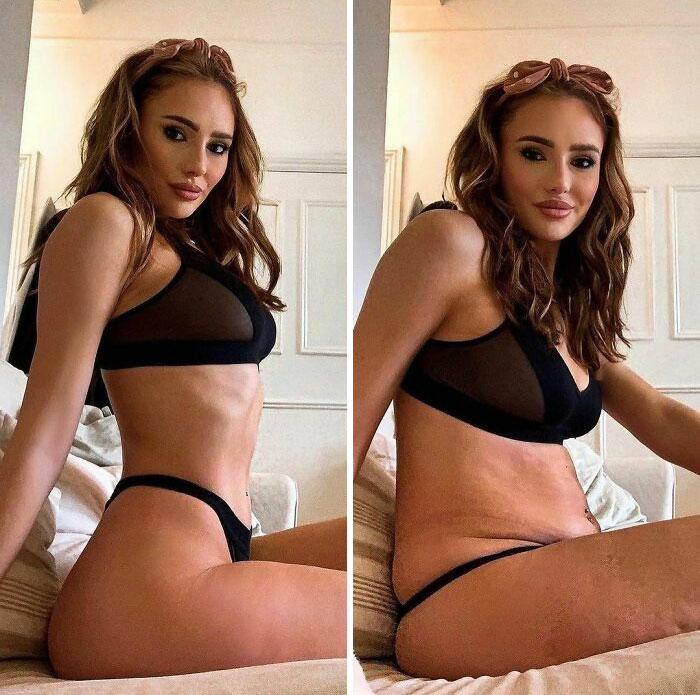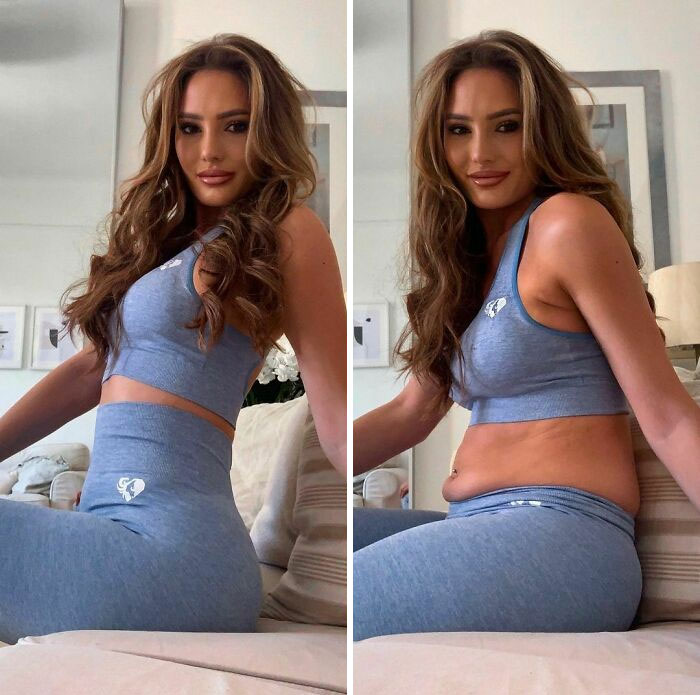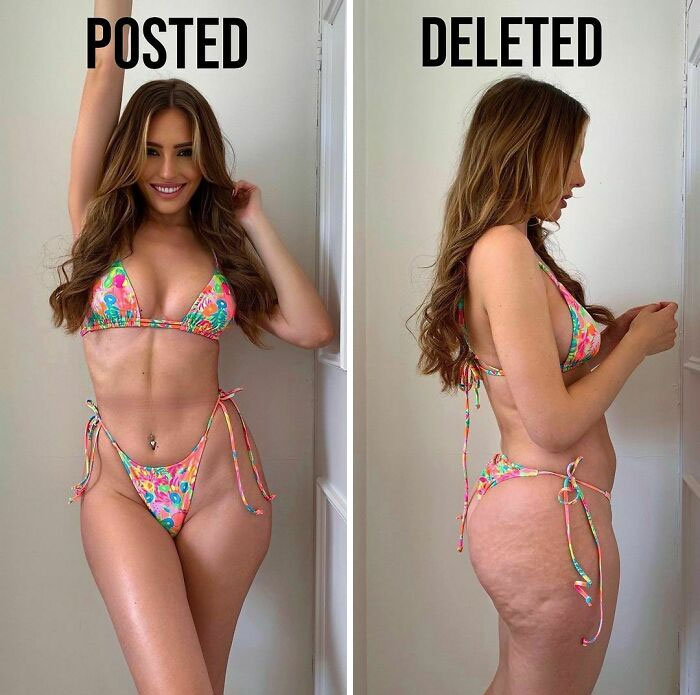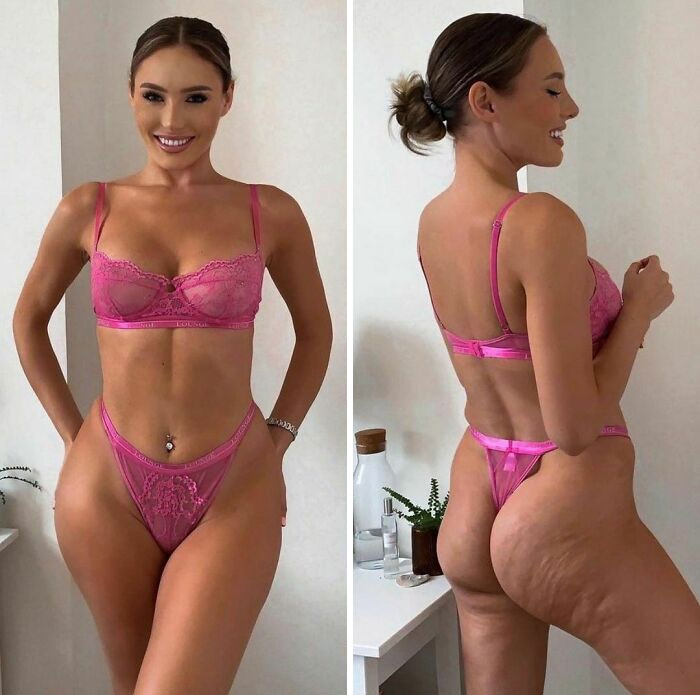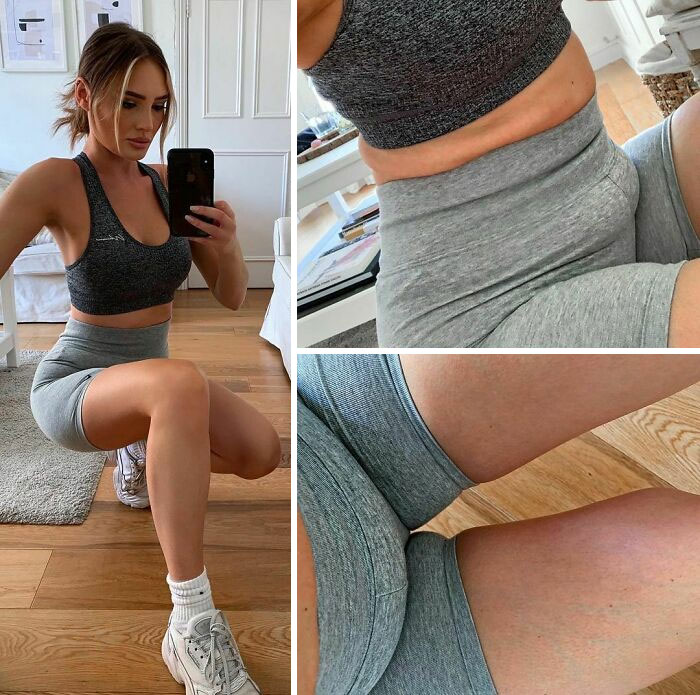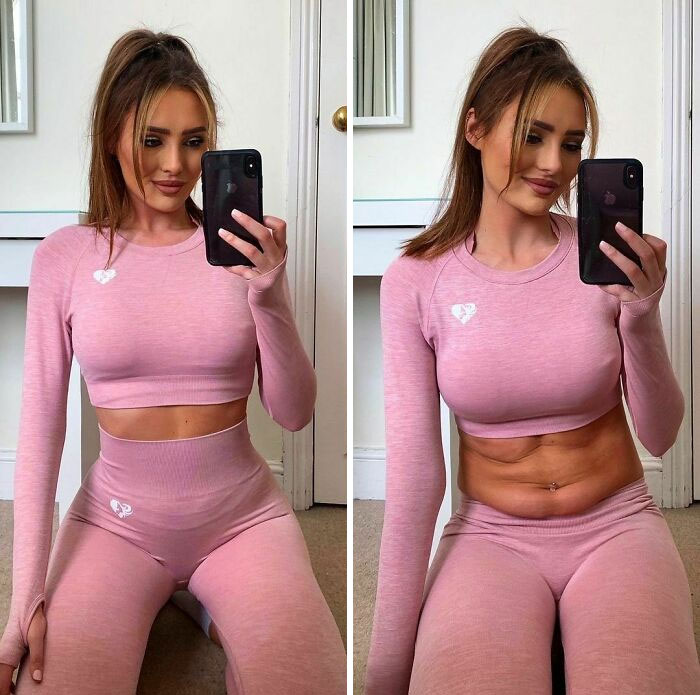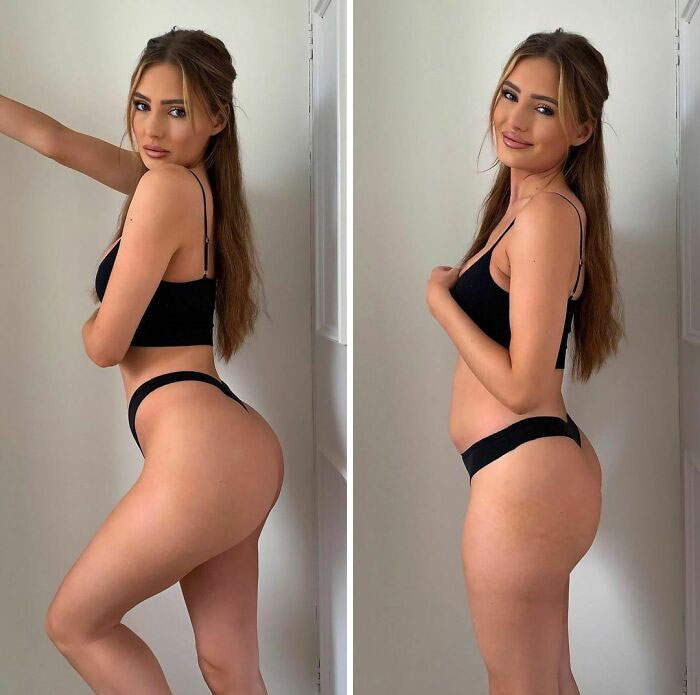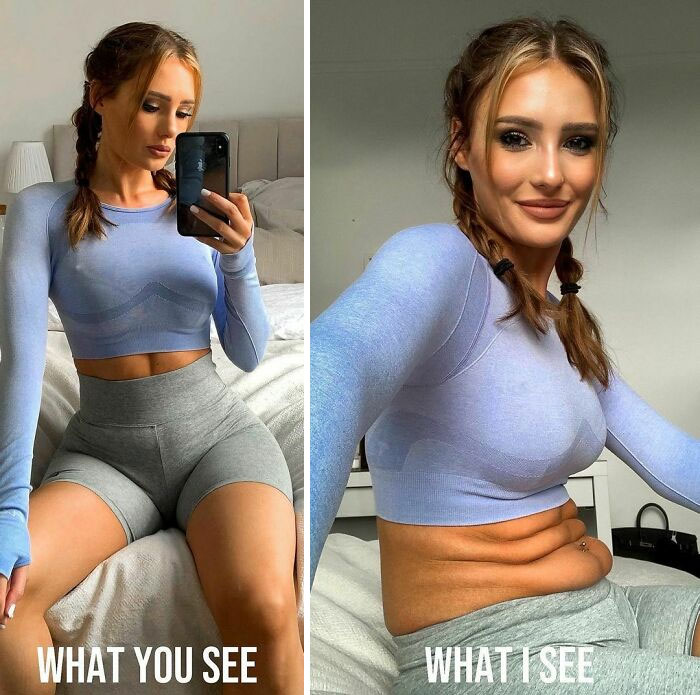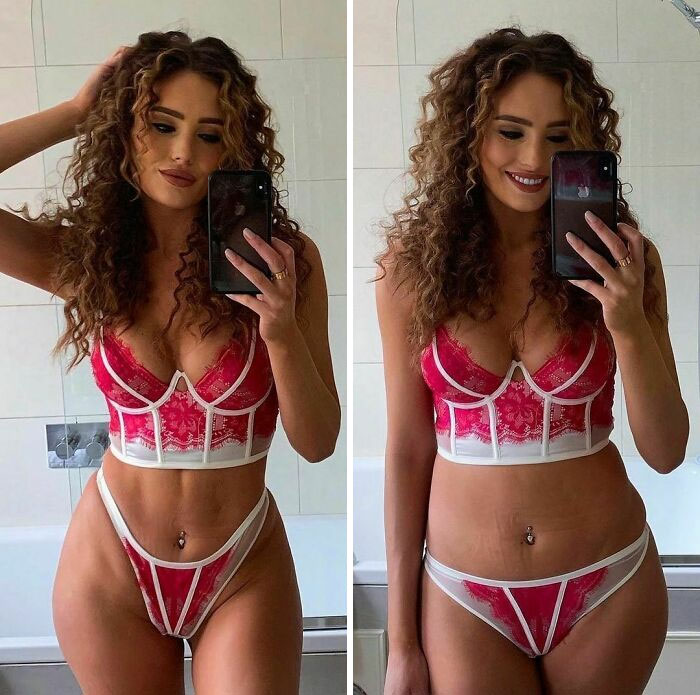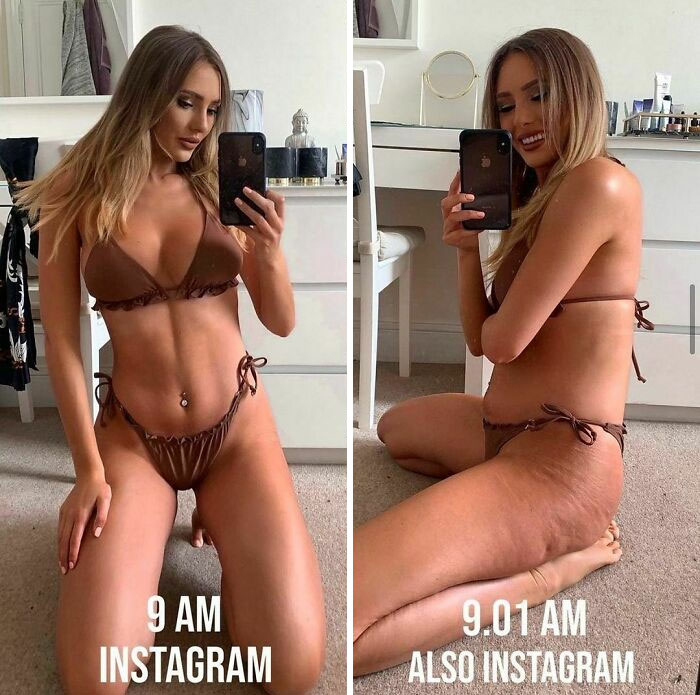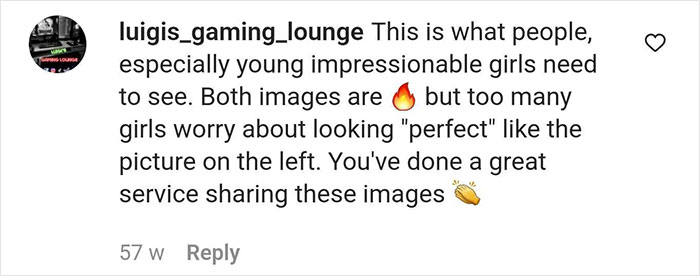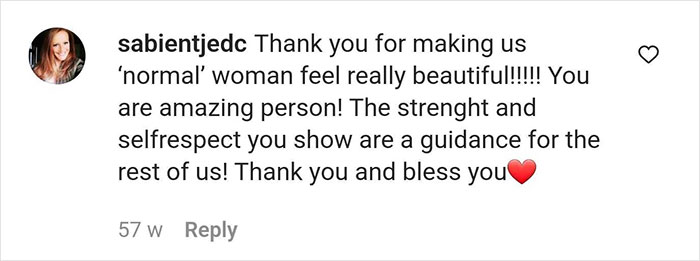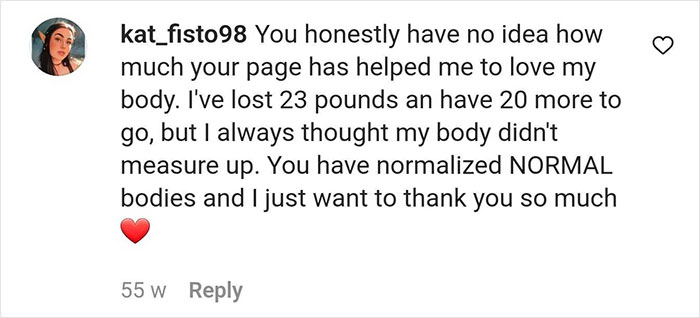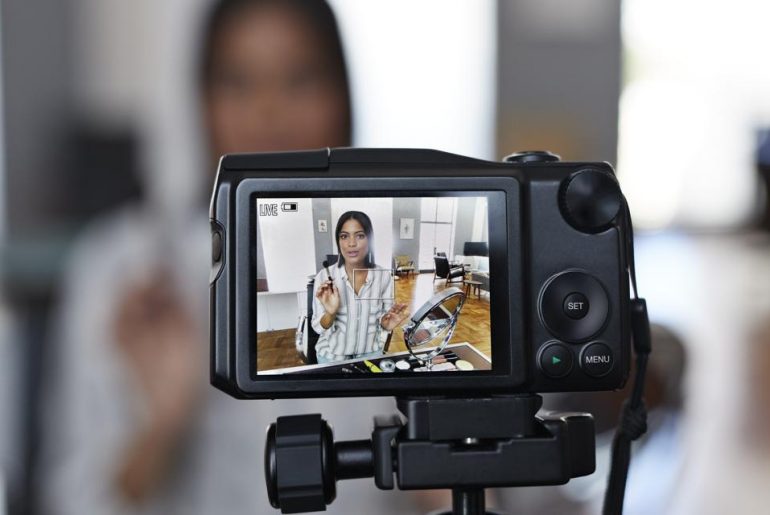And the biggest power users are turning to ghostwriters.
In August, the CEO of Ohio-based marketing company HyperSocial decided that the best way to publicly deal with the layoffs he authorized at his company would be to post a photo of himself crying. “This will be the most vulnerable thing I’ll ever share,” wrote Braden Wallake in a LinkedIn post, then proceeded to detail the emotional toll that letting go of two of his employees had on … him, the CEO, who still had a job.
Within days, Wallake had become a meme, shorthand for the type of oversharing, virtue-signalling hustle bro who racks up thousands of followers on platforms like Twitter, Instagram, and, most especially, LinkedIn. LinkedIn has always had its own curious posting conventions; while ostensibly geared toward average white-collar professionals seeking job opportunities or a talent pool to hire from, this year the company has gone all-in on “creators.” That is, users hoping to build a personal brand by spouting entrepreneurial advice or nuggets of wisdom (LinkedInfluencers, if you will). When such tools are wielded with skill, those who succeed can nab book deals and speaking gigs.
When done sloppily, they may end up on, say, the very popular Twitter account called @StateOfLinkedIn, which is devoted to mocking the worst offenders. A scroll through its timeline reveals long-winded, self-congratulatory threads detailing anecdotes that probably/definitely didn’t happen, bizarrely poetic descriptions of a day in the life of an entrepreneur, and “subtle” flexes of luxury logos. Together they make up a new sort of business-speak — less jargony a la Office Space and more inspiration-porn a la Gary Vaynerchuk — that runs rampant on places like LinkedIn.
For aspiring LinkedInfluencers, the field has never been more competitive. LinkedIn told Vox that there are currently 13 million users with “creator mode” turned on (a setting that expands the kinds of features users can deploy in order to grow their audience). Perhaps unsurprisingly, its focus on making its users famous has made it look and feel quite a lot like Facebook, as many have pointed out. There have never been more people trying to become LinkedInfluencers, and there have never been so many resources they can pay for to do it.
That’s why many of them are turning to professional ghostwriters to spearhead their content strategies. “There’s this perception that ghostwriting is like having someone else do your homework for you, but it’s a collaborative process, and it frees up so much of [the client’s] time,” says Amelia Forczak, founder of the ghostwriting firm Pithy Wordsmithery. In the past few years, her business has doubled.
Forczak specializes in ghostwriting how-to books for her clients, but social media is often a crucial first step. A typical client might be an executive in the corporate world who’s well-respected within their company or industry but not widely known outside of it, and often, those who’ve been in business and tech for decades have no idea how to self-promote. “They’ve had PR training where they’ve learned not to talk about anything personal,” she explains, “or anything that can be used against you.”
Now, the standard advice for LinkedInfluencers is to do the exact opposite: avoid business jargon and sound like a person. Nothing has made this clearer than the pandemic, which forced white-collar workers to move their lives, and more importantly, their reputations, online. “It’s cliché, but it’s true that people want to work with people, people buy from people, people want to see the human side of who you are before they decide to work with you,” says Tara Horstmeyer, an Atlanta-based ghostwriter who offers packages for 12 LinkedIn posts for anywhere between $2,000 and $3,000.
In the same time span, ghostwriting for entrepreneurs has turned into a desirable and potentially lucrative career. Earlier this month, Business Insider published an anonymous account of a tech startup founder who makes $200,000 on his side hustle writing tweets for venture capitalists. “Funders have to build parasocial relationships with founders,” he explains. “A founder might read a tweet from a VC and say: ‘Wow, he’s a cool guy. He’s in on the joke. I want him on my board.’”
LinkedIn ghostwriters I spoke to say that they receive daily inquiries on how to break into the field. Horstmeyer says she’s constantly referring incoming work to other writers she knows, and is considering offering an online course to help aspiring writers build up a client base. Mishka Rana, a 22-year-old college student in India, says that she’s turned down several job offers because her ghostwriting business generates enough income to support her. “I know a lot of people who have left their corporate jobs to start their own agencies,” she says, attributing this in part to the favourable exchange rates (several of her clients are US- or UK-based). Her content packages, which start at $800 for one month and go up to $9,000 for multi-month commitments, have afforded her the ability to buy a car and travel domestically and internationally.
Ghostwriters, though, do more than just write; most of the writers I spoke to also describe their work as content strategy and marketing. Emily Crookston of the Pocket PhD was a philosophy professor before pivoting to ghostwriting; she says her LinkedIn services, for which she charges $2,500 per month, including blogging, strategy, and posts, had become particularly popular during the pandemic. Just like any other social media platform, there’s a little bit of gaming the algorithm, too. Many LinkedIn super users join “pods,” or groups of people who agree to like, comment on, and share each other’s posts in an attempt to increase their engagement. “LinkedIn is really savvy about pods — it knows, and it will hurt your engagement,” she warns. But the biggest mistake people make is “posting and ghosting,” failing to engage with other people’s posts and “using it like a billboard,” she explains.
It’s ironic, considering that one of the major benefits of having a career in tech and finance is the freedom not to have to do this kind of laborious self-promotion. That’s more typically reserved for artists and other people in creative industries, where the field is saturated and competitive and relies heavily on relationships and clout. Like probably any writer, I’ve briefly fantasized about what my life might look like if I worked in, say, finance, or some other high-paying but entirely anonymous job where I felt zero attachment to the numbers I entered into the screen every day and forgot about them on my way out the door. The idea that such a job may also require you to preen and maintain your digital profiles for maximum consumption makes the whole career seem far less enviable — but I suppose that’s why people hire ghostwriters.
Wallake, it seems, has not arrived at this same conclusion. A week ago, the crying CEO ended up on @StateOfLinkedIn again. “My grandma passed away today,” he began his post. The moral of his story was that perhaps hustle culture was making all of us miss out on the important things. A nice sentiment, of course — but not without ending with a plug for his own company.
This column was first published in The Goods newsletter.




